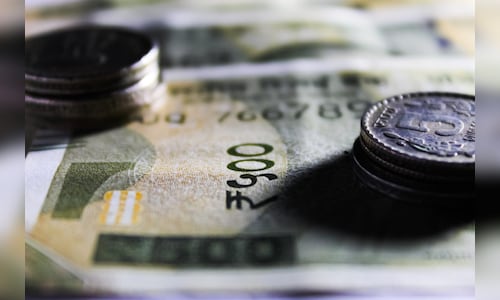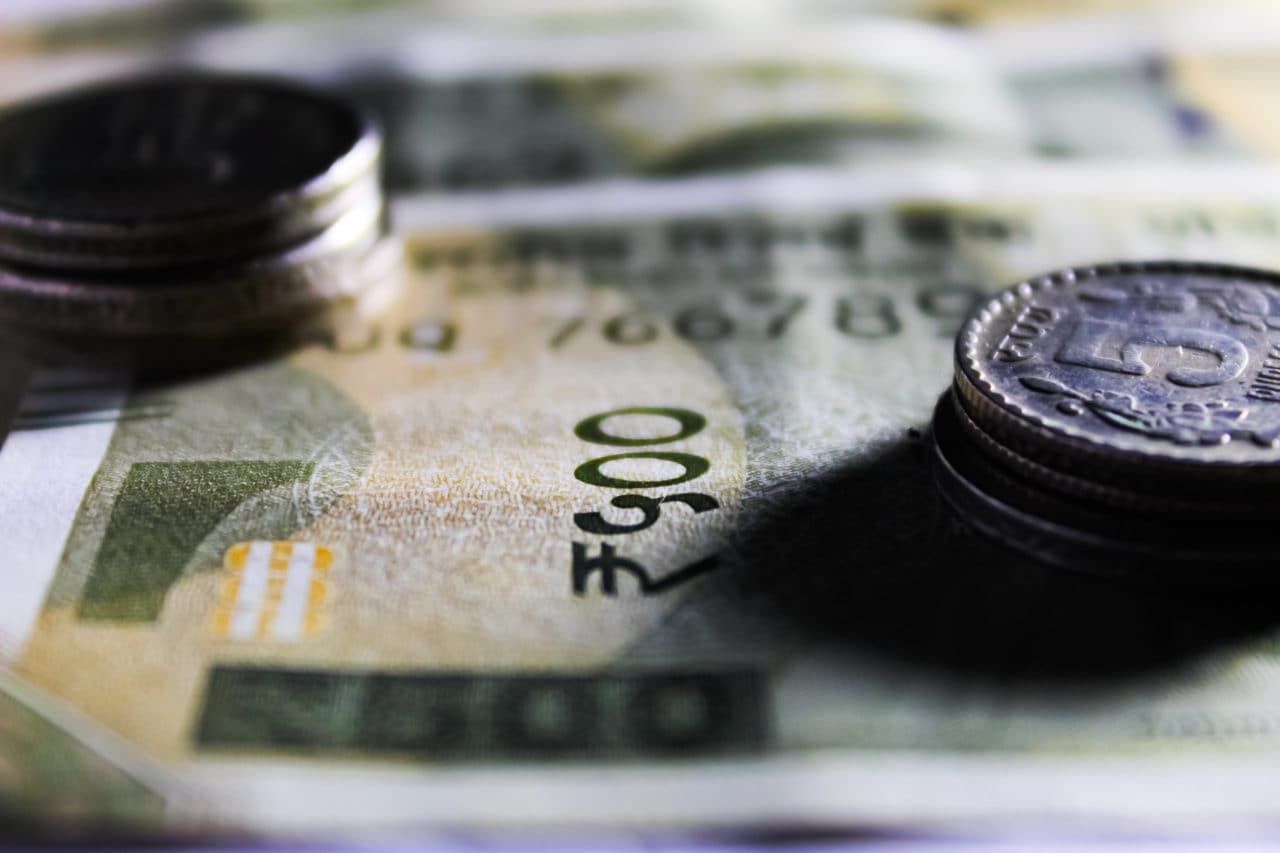

The depreciation of the rupee should be considered in the context of currency trends across the globe, government sources have noted. They pointed out that the rupee has been appreciating relative to most other currencies, including those of emerging economies.
| Company | Value | Change | %Change |
|---|
Stating that depreciation of the rupee should be seen in context of currencies of other countries, the government sources told CNBC TV18 that the depreciation of the rupee will help increase the competitiveness of India’s exports to the United States and the European Union (EU).
They further clarified that the rupee’s depreciation helps protect domestic manufacturers from cheaper imports, enabling them to maintain their market share.
While there are concerns about excessive rupee depreciation, the government sources assured that India has adequate foreign exchange reserves to manage volatility.
Historically, the rupee has depreciated by 2-5% annually, with an average depreciation of 3.3% since 2019, in line with global trends. If, as per this trend, it depreciates by 3% in 2025, the rupee would reach ₹88 per dollar.
Also read: Rupee rebounds from all-time low to post best gain in over 7 months
Addressing India’s 14.11% year-on-year (YoY) increase in trade deficit from April to December 2024, the sources attributed it to robust domestic demand, citing the country’s 10% GDP growth. Projections for the current account deficit (CAD) remain at 1% of GDP for FY25, as per a CRISIL report.
On concerns about oil imports, the government sources downplayed the impact of US sanctions on Russian exports, assuring that India’s petroleum imports will remain secure and affordable. The growth of India’s renewable energy capacity and electric vehicle (EV) ecosystem is expected to reduce future oil demand.
The math
To better illustrate the impact of rupee depreciation, consider this example by a CNBC TV18 explainer earlier this month: If the rupee trades at ₹80 per dollar, the Chinese umbrella would cost ₹400 (5×80) in India, significantly undercutting the local manufacturer. In this scenario, the domestic SME would struggle to compete.
However, if the rupee depreciates to ₹85 per dollar, the landed cost of the Chinese umbrella increases to ₹425 (5×85). This gives the Indian SME a fighting chance to survive.
The same principle applies to exports. If the Chinese umbrella sells globally for $5 per piece and the rupee production cost is ₹400, at ₹85 per dollar, the Indian umbrella would cost approximately $4.7 (400/85), making it more competitive in international markets.
Also read: A weaker rupee is not necessarily a bad thing
Depreciating currencies help protect domestic industries while keeping exports competitive. The rupee’s depreciation is not unprecedented, as seen in global trends following major events, including the US presidential election of 2016. Despite global depreciation, the rupee has been among the least affected, demonstrating relative stability.



